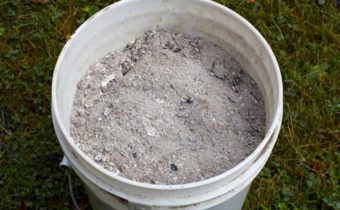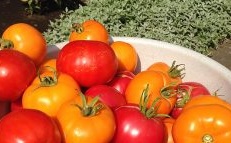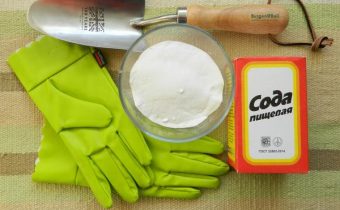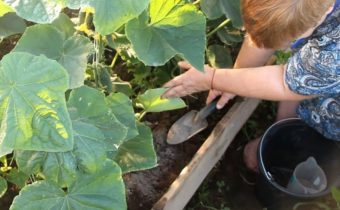The right choice and use of green manure in the garden
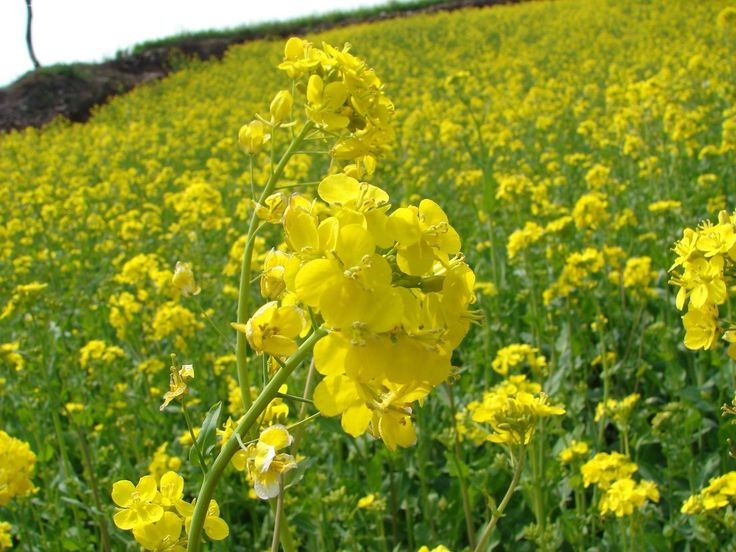
Green manure - green fertilizer. Such plants are cultivated to normalize the soil composition. They loosen the soil with powerful rhizomes and increase fertility by binding nitrogen molecules with the help of special bacteria at the ends of the roots. The best siderata for the garden - mustard, peas, oats. In order for green fertilizers to fully perform their functions, it is necessary to sow and remove plants in a timely manner.
Siderates: features, functions and benefits
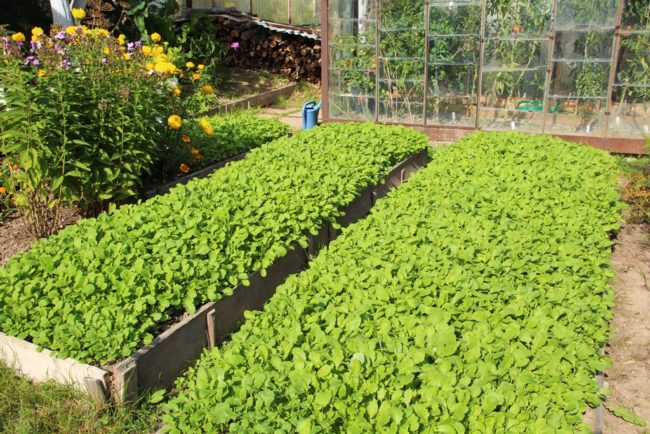
There are many ways maintain soil fertility. However, the use of green manure plants is the most environmentally friendly method. It prevents the growth of weeds, enriches the soil with nitrogen, phosphorus, potassium, avoids the spread of bacterial diseases. As a rule, green fertilizers are sown in the free part of the vegetable garden, which are buried in the ground during the active growing season prior to budding.
Vegetation helps preserve and improve soil structure. To ensure the aeration and permeability of the soil, the regulation of acidity, and the prevention of erosion (weathering and leaching), farmers use various green manure growing schemes:
- Independently - they cultivate only green fertilizers. The method is used in the fall after harvesting the main crop or on a highly depleted land throughout the season.
- Compacted - siderats and vegetables are grown simultaneously.
- Kulisnoe - green fertilizers grow on separate segments of the site with the main crop, between the rows.
Popular plants
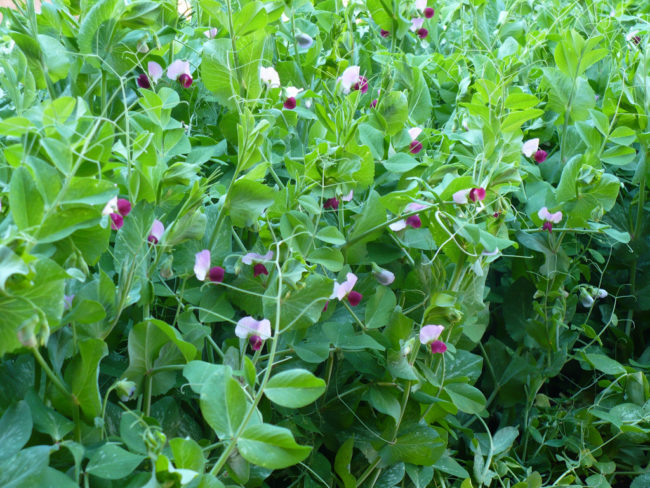
Sowing sideratov - an important element of natural farming. For the garden most often used plants from these families:
- Legumes (peas, soybeans, lentils, alfalfa, lupins) are sown on light and heavy soils, as they loosen the ground perfectly, saturate it with nitrogen, increasing the humus layer.
- Cereals (oats, sorghum, millet) - grown on any soil, except sour. Phosphoric compounds are made available for agricultural plants.
- Cruciferous (mustard, rape) - suitable for loamy and sandy soils. Prevent erosion, improve structure, enrich with nitrogen, potassium.
Siderates are fast-growing plants whose green mass is mown and then left on the surface or buried. The roots rot in the ground and saturate the soil with nutrients.
After the grower has determined the optimal family of green manure, depending on the soil indicators (structure, composition), he should choose a specific plant. Popular green fertilizers:
- Mustard - can be sown from early spring to autumn. When self-cultivating the green mass is plowed 2 months after the emergence of shoots. And after 2 weeks they sow the main culture. As an overseeding, you can use tomatoes and eggplants with pepper, since they need more time to technical ripeness.
- Oats - an excellent choice if necessary, loosen a dense soil. For enrichment with all macro elements, it is often combined with vetch. As a rule, sown in mid-spring with a seeding depth of 3-4 cm and a consumption rate of 10 g / m2.
- Peas are a versatile siderat, suitable for any type of soil. Protects future crops from diseases. Green fertilizer sown independently in the spring or grown on a site with the main crop. Depth seeding - 3-7 cm, depending on the density of the soil.
The nuances of sowing and harvesting
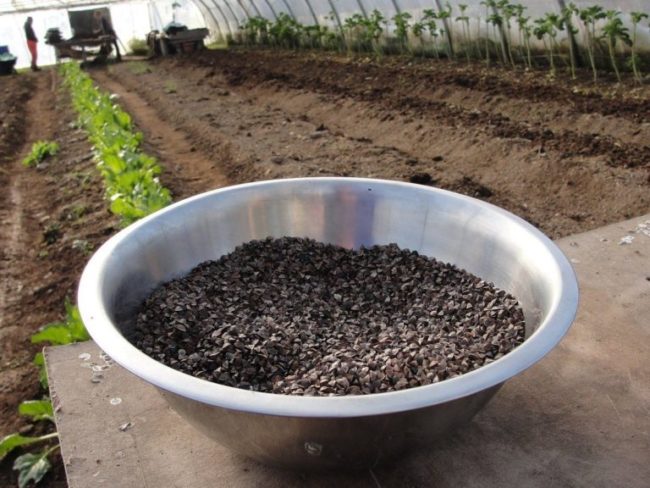
Sideral plants can be sown throughout the season. Conventionally, there are three periods:
- Spring - early terms can prevent the growth of weeds and loosen the soil (all three popular siderats are suitable).
- Summer - sown after harvesting the main crop to restore fertility indicators. Mustard demonstrates good results.
- The subwinter - time for winter oats, which acts as a natural baking powder. Also on the site is placed the mustard beds, which are no longer mown.
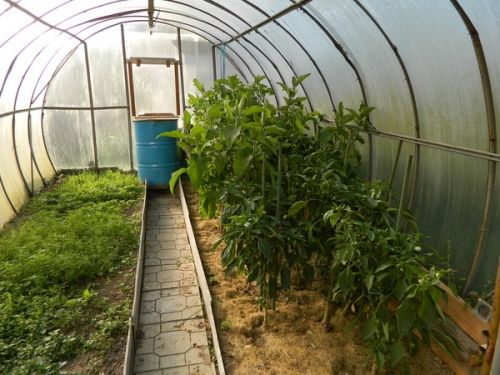
Since sideratov has a short growing season, up to 4 “yields” of green fertilizers can be obtained in a season. Farmers use the method of plowing or cutting with a flat cutter. In the first case, it is noted that the main culture is deficient in beneficial microorganisms. When using a flat cutter to a soil depth of 5 cm, the green mass of green manure is evenly distributed over the surface, mulching to prevent drying. Over time, compost forms, enriching the soil with a large amount of nitrogen, making it loose. The optimal time for carrying out both methods in the subsequent cultivation of the main crop is 2 weeks before seeding (planting) the latter.
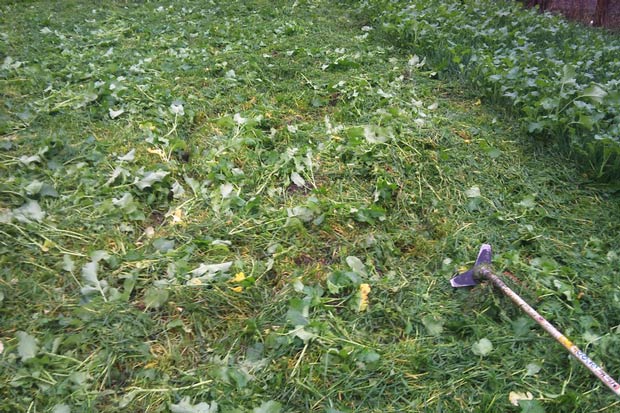
For the cultivation of environmentally friendly products, green manure plants are used, which maintain fertility and friability of the structure. To achieve maximum effect, they are sown and harvested at a certain time, depending on the type of green fertilizer.


